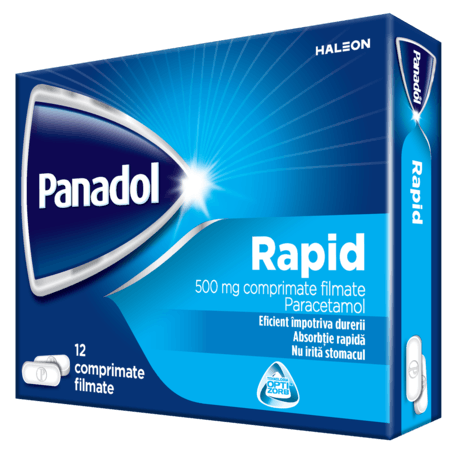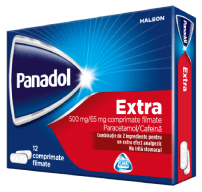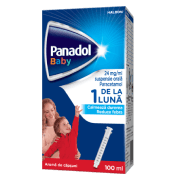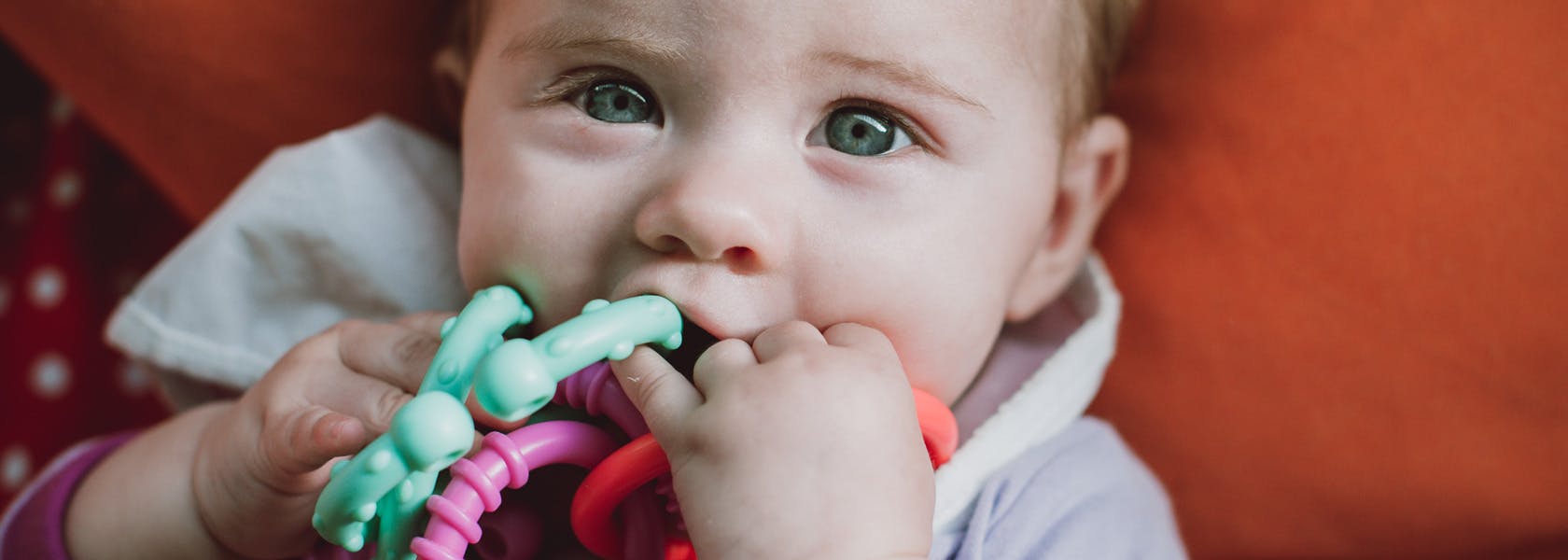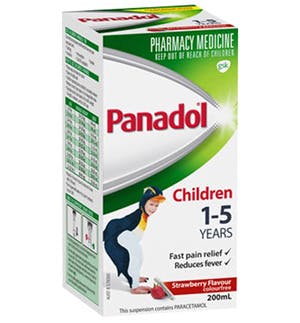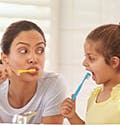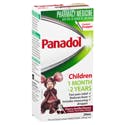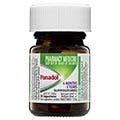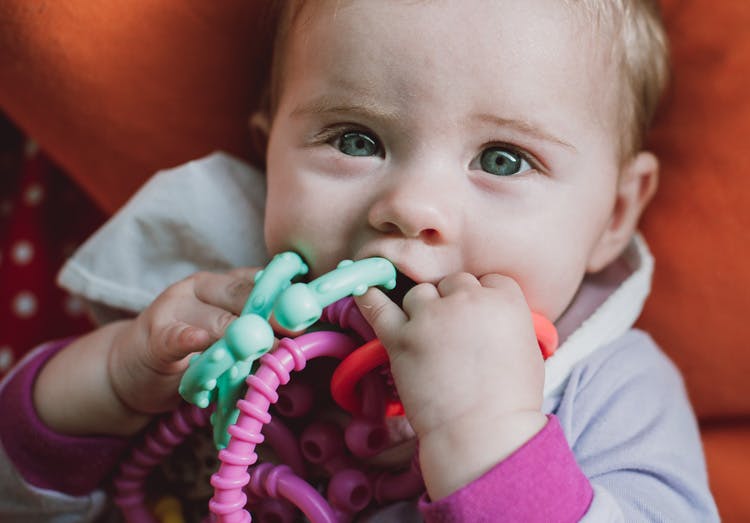
IS MY BABY TEETHING?
Teething is part of your child’s natural development and most commonly starts between 6-10 months of age. Discomfort may start earlier, so don’t be alarmed if your child is drooling and putting things in their mouth at this time.
WHAT CAUSES TEETHING?
Teeth begin forming in the gums before your baby is born. They start breaking through the gums in the first year, typically starting with the bottom middle teeth, followed by the top 2 middle ones, and then those along the sides and back. This will go on for the first three years or so of your child’s life.
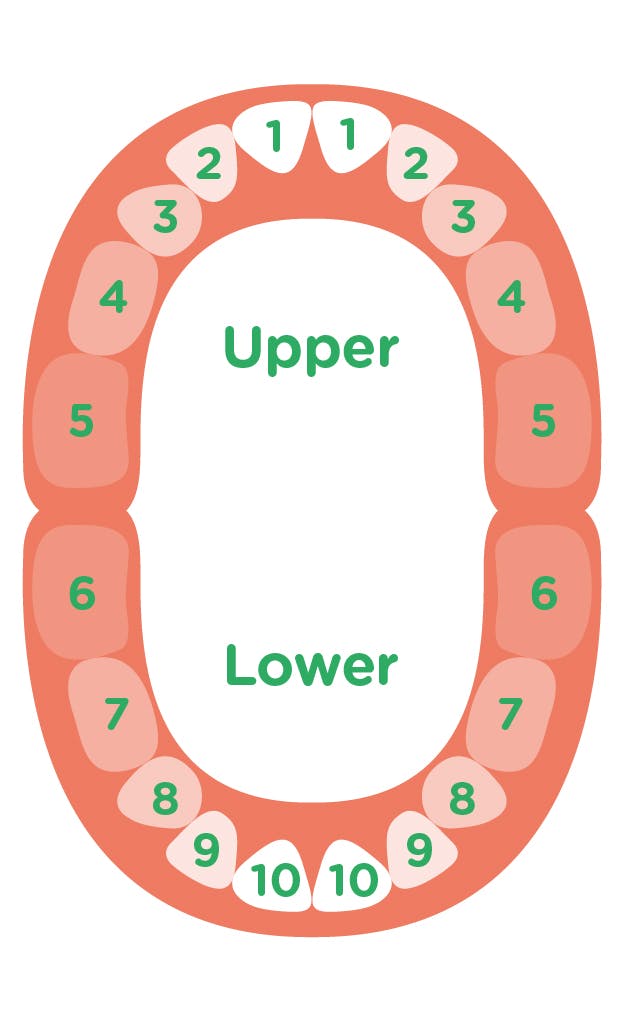
1. Central Incisor
2. Lateral Incisor
3. Canine
4. First Molar
5. Second Molar
6. Molar
7. Molar
8. Canine
9. Incisor
10. Incisor
-
-
-
-
-
-
-
-
-
-
8-12 months
8-12 months
16-22 months
13-19 months
25-33 months
23-31 months
14-18 months
17-23 months
10-16 months
6-10 months
WHAT ARE THE SIGNS OF TEETHING?
Teeth begin forming in the gums before your baby is born. They start breaking through the gums in the first year, typically starting with the bottom middle teeth, followed by the top 2 middle ones, and then those along the sides and back. This will go on for the first three years or so of your child’s life.
Here are a few signs and symptoms to keep an eye out for:

Rosy, flushed cheeks

Drooling

Irratibility

Swollen, sensitive gums

Disrupted sleep
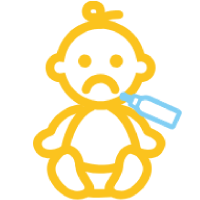
Reduced appetite
However, these symptoms may also be not due to teething but due to another illness, particularly since babies tend to explore their world by putting things in their mouths.
HOW CAN I HELP?
Below are some simple and effective home remedies that may help soothe your baby’s teething pain:
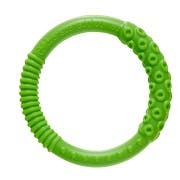
Give your child something to chew on
- Teething ring
- Refrigerate a dampened wash towel
- Chilled foods such as apple puree or yoghurt if your child has started on solids
- Teething rusks might also be suitable if your child has started on finger foods
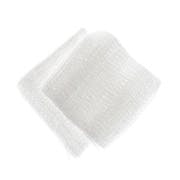
Massage your child’s gums with a clean finger or a moistened gauze pad
If your child is in discomfort, you can use a pain relieving medication like paracetamol
WHY CHOOSE PANADOL?
Trusted
It’s only natural that as parents, we wish to feel confident and assured when it comes to making our kids feel better. Children’s Panadol is recommended for the temporary relief of pain and fever in children and is trusted by mums and dads.
Heritage of use
Children’s Panadol has been trusted for over 60 years for the temporary relief of pain and fever.
Suitability
Nothing is more effective for children’s pain and fever.*1-4 Plus, Children’s Panadol is gentle on little tummies.
*Refers to only non-prescription paracetamol and ibuprofen for children at maximum Australian recommended doses.
Range
Children’s Panadol is available in a variety of formulations including baby drops, elixirs, suspensions, suppositories, chewable tablets and soluble tablets. A range of tailored products covers children aged from 1 month to 12 years.
It is important to match your child’s weight to the corresponding dose on the label.
WHEN SHOULD WE SEE A DOCTOR?
You should take your child to a doctor if your child seems unwell or has any other symptoms.
ALWAYS READ THE LABEL. Use only as directed. Incorrect use could be harmful. If symptoms persist see your healthcare professional. Seek medical advice for children under 3 months of age.

